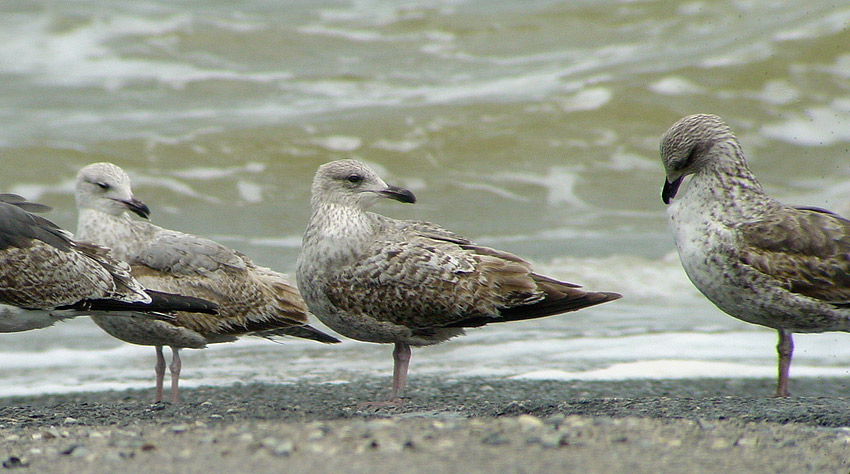 Herring Gull- Zilvermeeuw (argentatus & argenteus)
Herring Gull- Zilvermeeuw (argentatus & argenteus)
(last update:
Herring Gull plumages:
hg 1cy July
hg 1cy August
hg 1cy September
hg 1cy October
hg 1cy November
hg 1cy December
hg 2cy January
hg 2cy February
hg 2cy March
hg 2cy April
hg 2cy May
hg 2cy June
hg 2cy July
hg 2cy August
hg 2cy September
hg 2cy October
hg 2cy November
hg 2cy December
hg 3cy January
hg 3cy February
hg 3cy March
hg 3cy April
hg 3cy May
hg 3cy June
hg 3cy July
hg 3cy August
hg 3cy September
hg 3cy October
hg 3cy November
hg 3cy December
hg sub-ad January
hg sub-ad February
hg sub-ad March
hg sub-ad April
hg sub-ad May
hg sub-ad June
hg sub-ad July
hg sub-ad August
hg sub-ad September
hg sub-ad October
hg sub-ad November
hg sub-ad December
hg ad January
hg ad February
hg ad March
hg ad April
hg ad May
hg ad June
hg ad July
hg ad August
hg ad September
hg ad October
hg ad November
hg ad December
|
Herring Gull 42840312cy (argentatus), May 02 2003, Boulogne/Mer, France (50.43N-01.37E). A 2cy argentatus with a Danish ring: Copenhagen 4284031. Ringed as pullus on June 24 2002 in Katholm, Nordborg (54.58N 09.50E). From late April, the inner primaries are shed in argentatus and new second generation primaries grown in. The last juvenile primary (P10) will be shed by mid-August. The new second generation primaries are dark with a tiny pale crescent on the fresh flight-feathers. Again, the four inner primaries show an extensive pale window, as both inner and outer-web are pale greyish white-brown, contrasting with the outer-wing. A pale inner-web can still be found in P7. This Danish bird has P1 to P3 missing; the outer primaries P4-P10 are still juvenile. The characteristics of Herring Gulls from Denmark are somewhat intermediate between argenteus and argentatus.
|
